When it comes to transporting steel coils using semi-trailers, safety is paramount. Ensuring that these heavy and often slippery loads are properly secured is critical to preventing accidents during transit. In this guide, we will walk you through the best practices for chaining down steel coils on a semi-trailer, ensuring compliance with regulations and enhancing your operational efficiency.
Understanding the Importance of Proper Load Securement
Steel coils are a common cargo for various industries, yet they present unique challenges when it comes to securement. Improperly secured loads can lead to dangerous situations such as cargo shifting or falling off the trailer. According to the Federal Motor Carrier Safety Administration (FMCSA), cargo that is not securely fastened can cause serious injuries, fatalities, and costly damages.
Key Considerations:
| Factor | Consideration |
|---|---|
| Weight of Steel Coils | Significant weight means high potential for shifting if not secured properly. |
| Load Distribution | Proper weight distribution helps maintain balance and stability. |
| Legal Regulations | Adherence to FMCSA Guidelines and state-specific regulations is mandatory. |
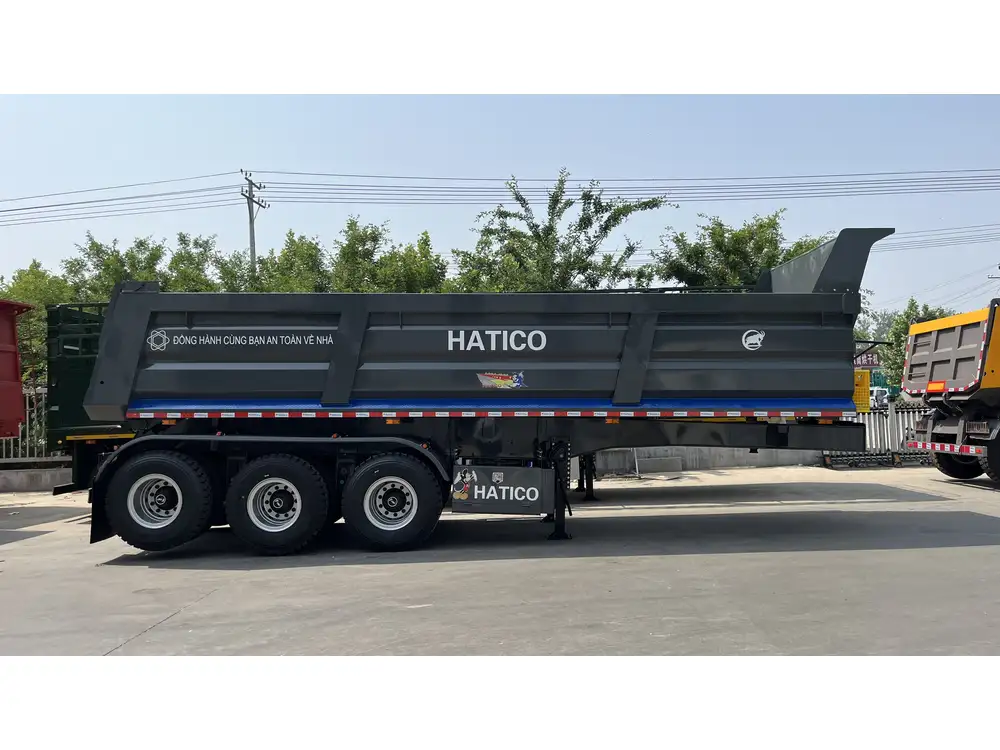
Equipment Necessary for Chains and Tie-Downs
Before securing steel coils, you need to have the right tools on hand. Below is a list of essential equipment for securing steel coils effectively.
Essential Equipment:
| Equipment | Purpose |
|---|---|
| Chains | Heavy-duty chains specifically designed for load securement. |
| Ratchet Straps | Provide additional securement and flexibility. |
| Edge Protectors | Protects chains from damaging the steel coils and prevents slippage. |
| Load Bars | Helps distribute force across the load and provides extra support. |
| Winches | Mechanism to facilitate the tautness of the chains or straps. |
| Chocks | Prevent the coils from moving during transport; crucial for transportation stability. |
Steps to Chain Down Steel Coils Safely
By following these detailed steps, we ensure that our steel coils are properly secured for transport.
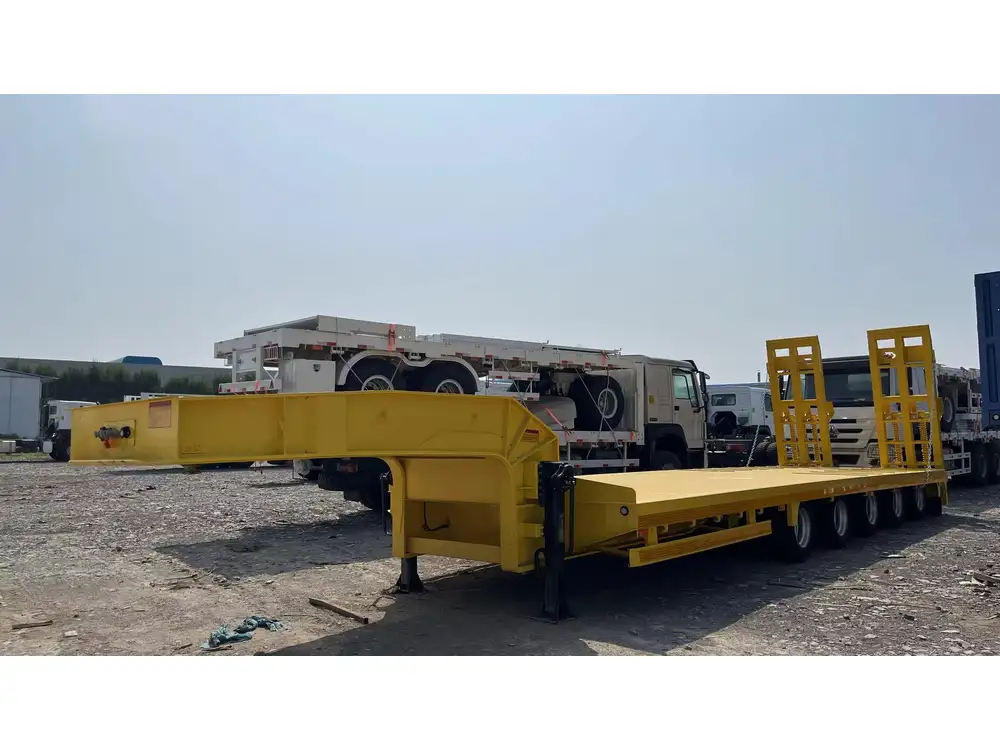
Step 1: Prepare the Semi-Trailer
- Inspect the Trailer: Ensure that the trailer is in good condition, with no signs of damage or wear.
- Check for Cleanliness: Remove any debris or materials that might interfere with load securement.
- Position the Steel Coils: Place the steel coils centrally on the trailer to maintain an even weight distribution.
Step 2: Choose Proper Tie-Down Points
Selecting adequate tie-down points is crucial for effective load securement.
- Identify Securement Points: Most trailers come equipped with designated tie-down points. Ensure they are properly rated for the load.
- Avoid Weak Points: Do not tie down to locations that could split or damage the trailer, such as weak side rails.
Step 3: Use Edge Protectors
When securing steel coils with chains, it’s important to use edge protectors.
- Position Edge Protectors: Place edge protectors under each chain to prevent abrasion and slippage.
- Ensure Coverage: Each edge should be covered, particularly sharp edges that could damage the chain.
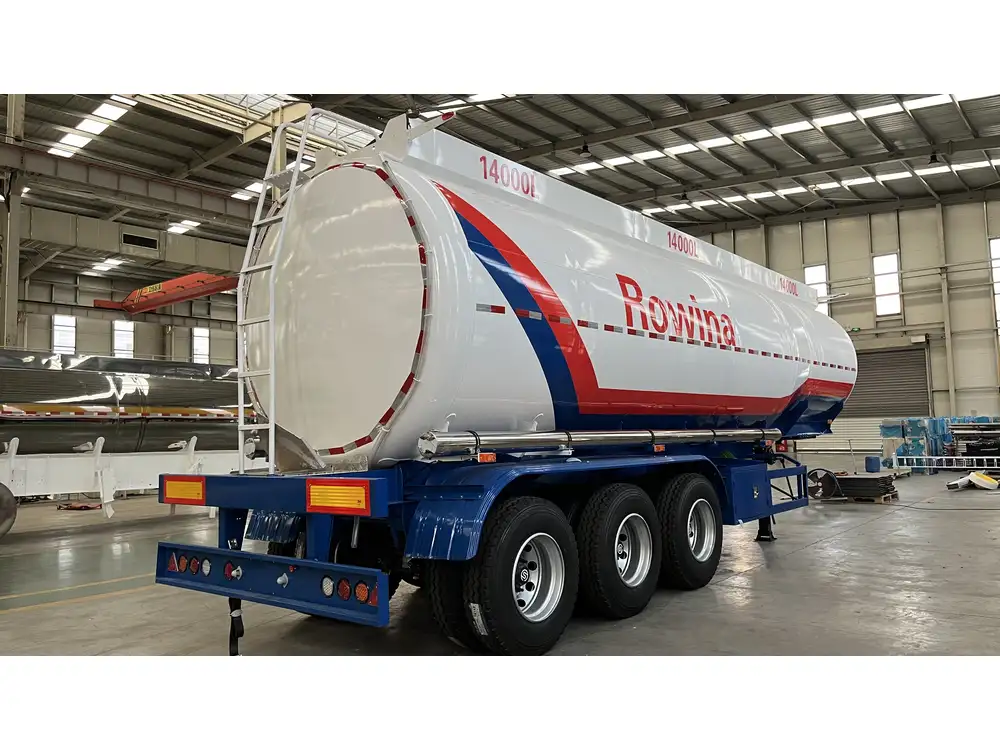
Step 4: Secure the Coils with Chains
The most critical phase involves securing the coils with chains.
Chain Usage Guidelines:
- Select Appropriate Chain Length: The chains should be long enough to cover the distance from the tie-down point to the coil but not so long that they become loose.
- Thread the Chain through the Coil: Where applicable, run the chain through the center of the coil, allowing for better grip.
- Anchor to Tie-Down Points: Firmly hook the chain ends to the designated tie-down points.
Step 5: Tension the Chains
Once attached, the chains need to be tensioned properly to prevent any potential movement.
- Use a Ratchet Tool: Employ a ratchet tool to tighten the chains until snug.
- Check for Movement: Ensure that the coils do not shift; if they do, re-tighten the chains.
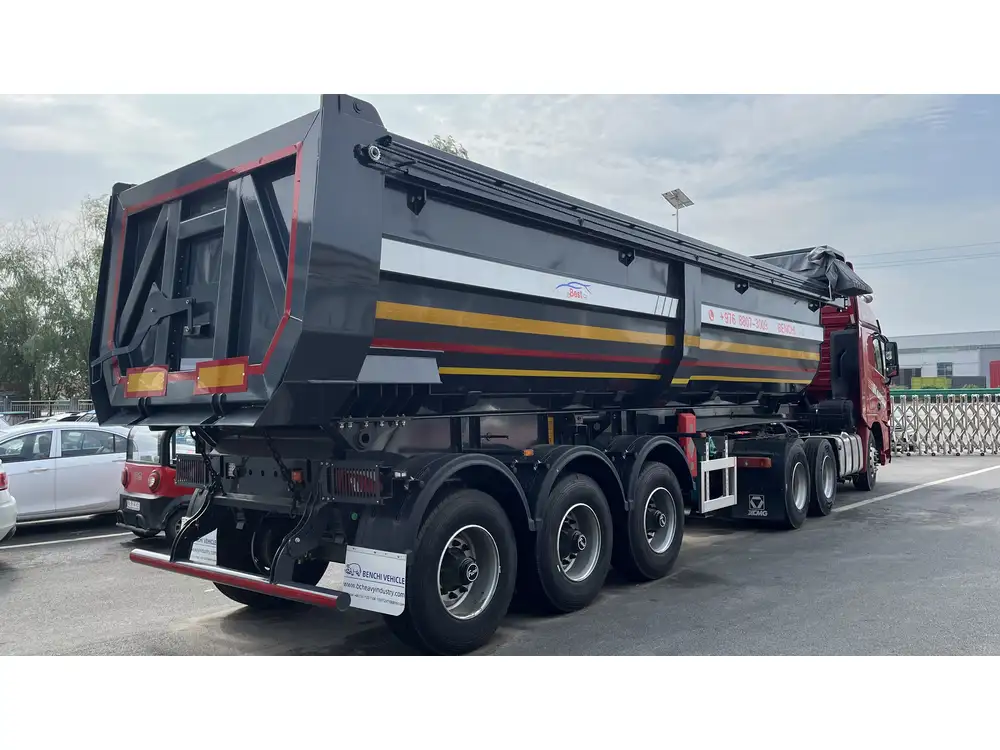
Step 6: Additional Securement with Straps
In addition to chains, using ratchet straps can offer extra security.
- Apply Straps Horizontally: Crisscross the straps over the coils to provide added stabilization.
- Tighten the Straps: Ensure that these straps are also tightly secured to prevent any shifting during transit.
Step 7: Final Inspection
Before hitting the road, perform a comprehensive inspection of the securement.
- Walk Around the Trailer: Check all chains, straps, and tie-downs to ensure they are tight and secure.
- Check Load Stability: Wiggle the coils lightly to make sure they are immobile.
Legal Guidelines and Best Practices
Adhering to transportation regulations and best practices ensures not just safety but also legal compliance.
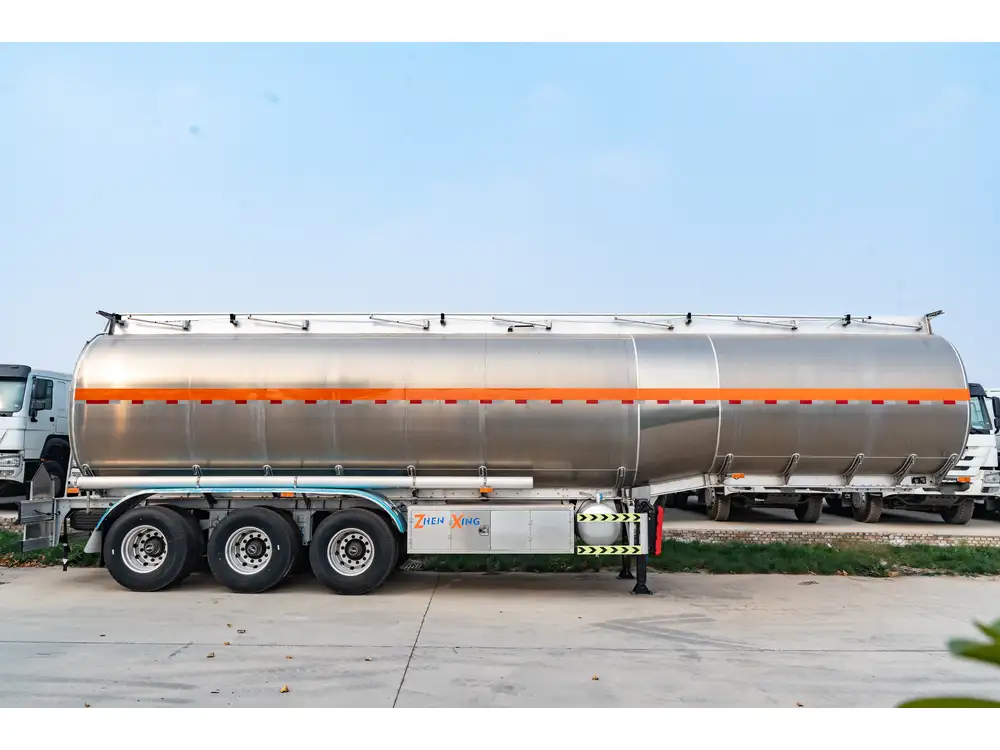
Key Regulations:
- Federal Statutes: Review FMCSA regulations on load securement.
- State Compliance: Be aware of state-specific regulations, as they may differ from federal requirements.
- Inspection Protocols: Regularly inspect your securement equipment; chains and straps have specific weight ratings and should be replaced periodically.
Best Practices Summary:
| Best Practice | Description |
|---|---|
| Regular Training | Employees should be trained in securement practices and regulations. |
| Routine Maintenance | Conduct routine checks of all equipment for wear and tear. |
| Documentation | Keep well-maintained records of inspections and training sessions. |
Frequently Asked Questions
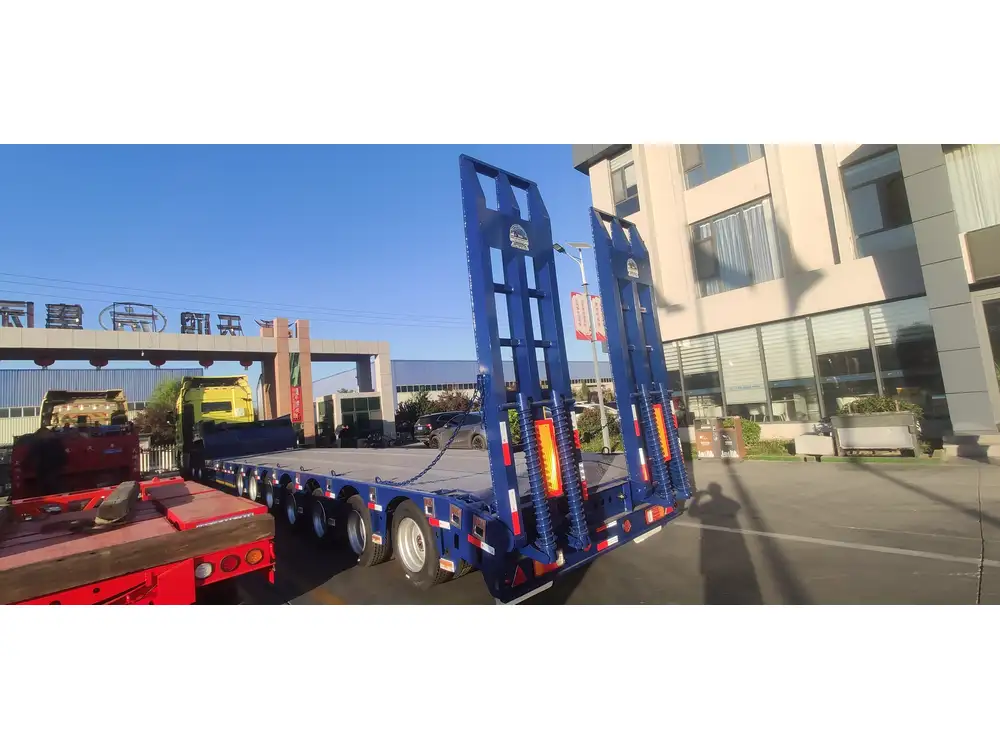
How tight should the chains be?
Chains should be tight enough to prevent any movement but not so tight that they can damage the cargo or trailer. A simple rule of thumb is to ensure that you cannot easily pull the chain with your hand when loaded.
Can I use the same chains for different sizes of coils?
Using the same chains can be acceptable if they meet the weight rating requirements of the largest coil being transported. Always check the chain’s load capacity before securing.
What if I notice the cargo has shifted while on the road?
If you notice that the load has shifted during transit, pull over to a safe area immediately. Inspect and adjust the chains and straps before continuing on your route.

Conclusion
Properly securing steel coils on a semi-trailer is not just a best practice; it’s an essential requirement for any transportation operation. By following these detailed guidelines and using the necessary equipment, we can enhance safety, promote efficiency, and ensure compliance with legal regulations. The safety of your cargo, your drivers, and the vehicles around you relies on how well you execute these critical steps. Always remember, when it comes to heavy-duty transportation, there is no substitute for diligence and thoroughness.



